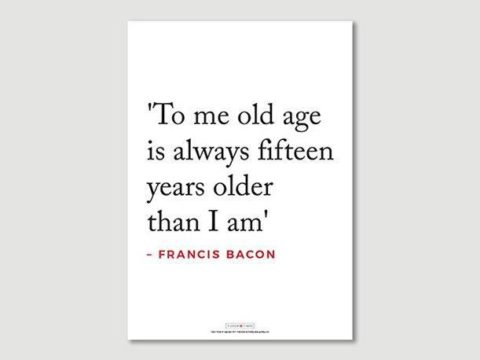Elizabeth I: Life Story
Chapter 9 : Arrival of the Queen of Scots
Mary’s match proved disastrous, and in 1568 she arrived in England as a fugitive, deposed by her Lords. Elizabeth was appalled. She needed to reconcile her duty to her cousin and to sovereigns everywhere by supporting Mary, but she did not want the Protestant Reformation undone in Scotland. Although Mary had shown no signs of wanting to roll back the Reformation, she was constantly suspected by John Knox at home, and William Cecil in England, of having designs to reintroduce the old faith and Elizabeth took Cecil’s views seriously. Added to which, Elizabeth did not wish to give support to a woman whom the majority of her own subjects believed to be the rightful heir, and whom some thought should be queen already. The other option, of letting Mary go to France, was not to be thought of: if the French government or her own Guise family gave her succour, and restored her to the Scottish throne, then Scotland would be lost forever (from the English perspective).
Mary was held in confinement whilst Elizabeth pondered. She decided to resolve the situation, at least on the surface, by instigating an enquiry into Mary’s guilt or innocence of the murder of Darnley. The commission opened in York, but Mary initially refused to recognise its jurisdiction. It was only when Elizabeth intimated to her that she herself did not believe any of the calumnies against her sister queen and that when Mary’s commissioners easily showed them to be false, Elizabeth would restore her to her throne – she even indicated that Mary would be restored whatever the outcome – that Mary agreed to send representatives. In the meantime, Elizabeth was busy assuring Mary’s chief opponent, her half-brother, James, Earl of Moray, that he need only come up with some reasonably plausible evidence against Mary for Elizabeth to hand her over to the Scottish government for suitable punishment. Consequently, Moray produced the Casket Letters – over the authenticity of which controversy has raged for centuries. The commission was moved to London, but Mary was refused permission to attend – Elizabeth telling her that to do so would undermine her case, as it would suggest that the allegations against her were so serious that they could only be refuted in person. With the damning evidence of the Casket Letters in the public domain, Elizabeth called off the enquiry, before any conclusion was arrived at. She had achieved exactly what she wanted. The contents of the letters blackened Mary’s name to such an extent that a formal condemnation was unnecessary but left Elizabeth with the option of restoring Mary later, should that prove desirable. Meanwhile, with no verdict against Mary, Elizabeth was not obliged to send her cousin back to Scotland, thus saving her from execution, and satisfying her own honour, whilst having a stick to beat Moray with, should that be required.
Mary was no longer to be a guest of Elizabeth, but her prisoner, consigned to the care of the incorruptible, Protestant, George Talbot, Earl of Shrewsbury.
One of Elizabeth’s nobles who had seen the Casket Letters was Thomas, 4th Duke of Norfolk. He was the queen’s maternal relative, and a Protestant, but he was aware that Mary was the most likely candidate to succeed Elizabeth, and he disagreed with Elizabeth and Cecil’s policy of disgracing the Scottish queen. Consequently, the suggestion by William Maitland, once Mary’s secretary, who, although still attached to the Scottish government, was in favour of Mary’s restoration, that Norfolk should marry Mary, was not immediately rejected by the duke.
